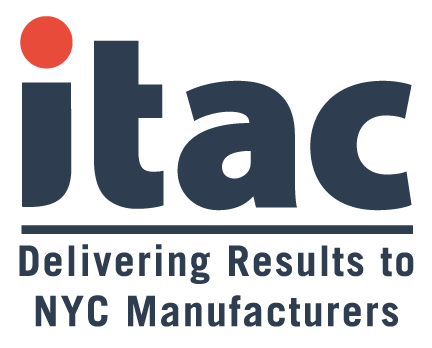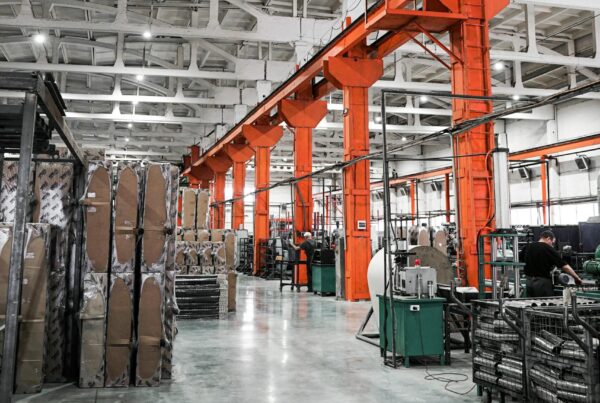Developing A Modern Manufacturing Workforce
In line with the continuous process improvement mindset the Oregon Manufacturing Extension Partnership (OMEP) advocates, its Smart Talent methodology has evolved a great deal during the five years OMEP has been practicing it. Smart Talent was launched in 2015 to help small and medium-sized manufacturers (SMMs) address workforce challenges with systematic approaches to recruitment, hiring, onboarding and early career development.
OMEP has used the methodology with 95 organizations, in engagements ranging from 16 weeks to 18 months. It has responded to client needs by expanding the program to become an integrated holistic approach called Workforce Solutions, which includes managerial training, organizational development and executive leadership.
Meanwhile, Smart Talent has been adopted across the MEP National NetworkTM by Centers in Hawaii, Montana, Tennessee and Puerto Rico. Several others are considering the methodology.
Origins of the Smart Talent Methodology
Smart Talent was developed to help manufacturers with the increasingly common — and growing — issue of finding talent to replace an aging workforce. Staffing issues often resulted in quality, productivity and morale issues, according to OMEP consultants Paola Castaldo and Russ Gaylor.
In many cases, SMMs were trying to quickly onboard new employees for productivity’s sake. They struggled with developing effective processes and the people skills required for training, often opting for hiring an experienced technical expert. Entry-level turnover was high, and tribal knowledge was difficult to translate to new employees.
Early Successes Lead to an Expanded Approach
The Smart Talent methodology thrived with its end-to-end approach to recruitment and training. Elements included:
- Expanding the prospect pool by rewriting job descriptions to be more attractive to tech-oriented candidates and broadening recruiting outlets.
- Moving the burden of onboard training from team leaders to the staff, which creates more of a knowledge-sharing culture and repeatable process.
- Using proven adult learning approaches for more structured on-the-job training, which provided more clear career paths.
- Creating a learning culture in the organization
OMEP has continued to tweak its methodology, working with its partner MEP Centers to develop new processes, apply best practices and absorb lessons learned. Smart Talent now encompasses the entire lifecycle of an employee and scope of the company, from entry-level positions to organizational alignment. It’s customizable and scalable.
Focus on Commonalities, Respect and Values
Gaylor acknowledges that a multi-generational workforce brings cultural challenges to the manufacturing floor, but he says it is important to focus on commonalities. “Adults of all ages like to be respected and want to be involved in their work and how they do it,” he said.
Among Gaylor’s keys to a healthy manufacturing workforce culture are:
- Approach everyone in a respectful and professional manner — i.e., show them the value and benefits of what you are asking them to do.
- Prioritize training. If you can sustain the benefits of the program in the work culture, that sharing of knowledge is rewarded over and over.
- Take into account the readiness of the organization. Go at a pace that allows the organization to assimilate.
Leadership Key to Effective Manufacturing Workforce Development
Changing the culture of a manufacturing workforce will not happen without leadership support, Castaldo said. Leadership will need to model the behavior they are seeking and acknowledge change is hard for everyone. For example, a top-down approach does not instill change; it derails it.
The methodology teaches how to manage change through varying stages and pacing. Creating change in a sustainable way can take years to accomplish. For example, OMEP might require a longer engagement at a small machine shop that relies more on tribal knowledge than at a larger company making widgets.
Recent Case Study of Onboarding Improvements
Gaylor offered up a current success story in which CabDoor, a cabinet maker in Salem, Oregon, was experiencing high attrition for entry-level hires, some of whom were in their first full-time job. New employees were expected to be at an 80 percent production level by the end of a third shift. Some of them were overwhelmed from the start.
Of those that made it through the onboarding process, only half were completing the competency test to advance to the next level of employment.
In response, OMEP and CabDoor designed a three-day bootcamp for new hires. Half of the group was on the floor learning job duties, while the other half was in a classroom setting learning about the company, its products, compliance issues and more. The groups changed places at midday. At the end of three days, the integration of new employees was more effective, and 95 percent of the new hires had passed the measurement test to become eligible for the next job level.
Learning-Based Culture Is Essential for Workforce Development
SMMs can manage their manufacturing workforce in a way that brings and retains high-quality, motivated talent, reduces overall training costs and delivers a long-term ROI. As OMEP’s Smart Talent program has shown, a learning-based culture is an increasingly important priority in order to address the manufacturing skills gap, evolution of technology, and the aging workforce.
For more information about how the Smart Talent program works, contact Mary Ann Pacelli at NIST MEP or your local MEP Center (for NYC contact ITAC).
The insight is from NIST.GOV. You can read the full article by clicking here.






